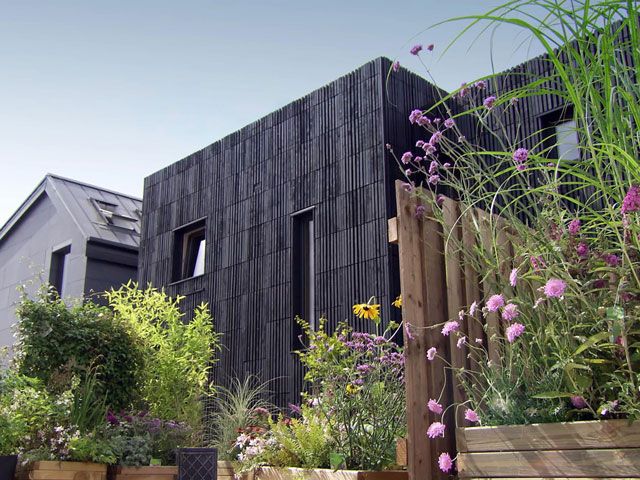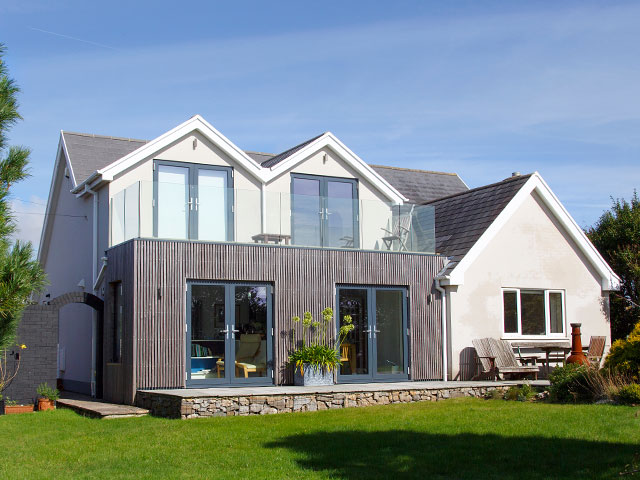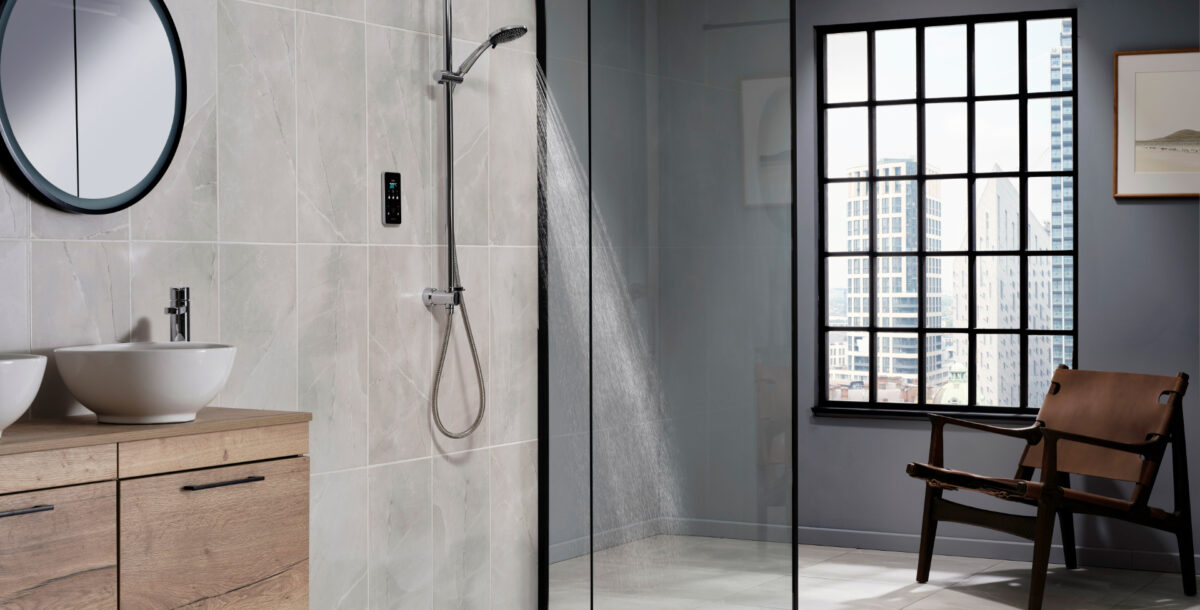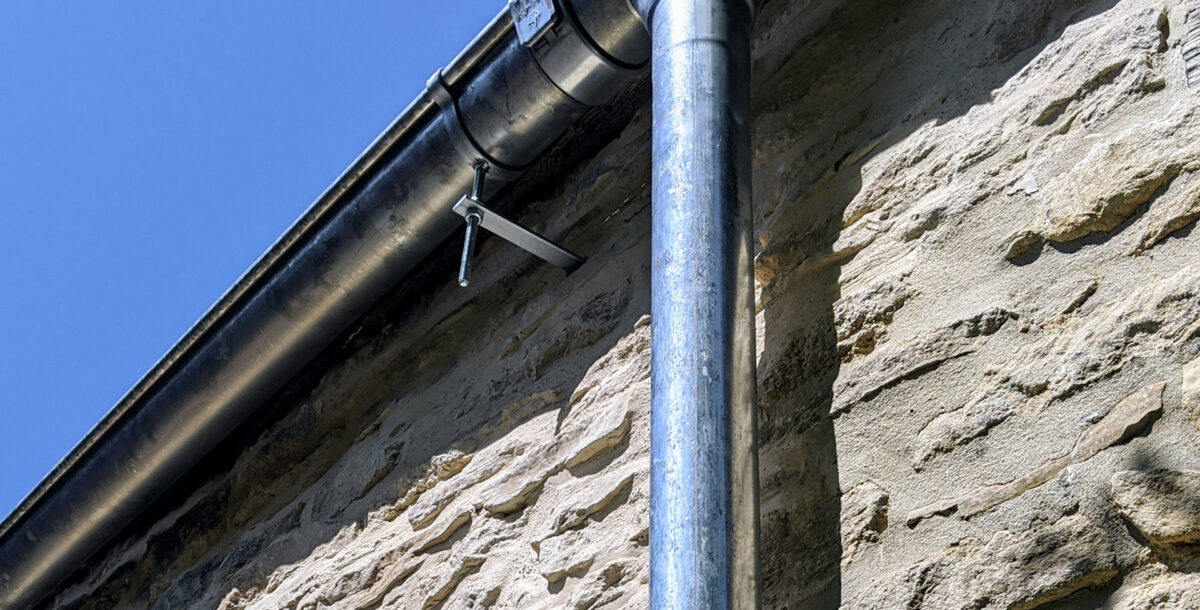Help to Build scheme opens for applications
The government-backed loan aims to encourage more of us to build our own home
The government’s Help to Build scheme opens for applications on Monday 27 June 2022, offering support for the custom and self-build sector.
According to the National Custom and Self Build Association (NaCSBA), a third of Britons want to build their own home. The equity loan scheme is designed to encourage more of us to do so.
The UK custom and self-build market delivers 10,000-12,000 units annually – that’s 7-10% of all new home completions. This figure is way below European counterparts like Austria, Belgium and Germany, where self-building makes up over 50% of all built homes.
In the UK, between 10,000-12,000 custom and self-build homes are completed each year – that’s 7-10% of all new home completions. This is far fewer than European countries such as Austria, Belgium and Germany, where self-building represents more than 50% of all new-build homes.

Projects like Graven Hill, the setting for Grand Designs: The Streets, are helping to make custom and self-build more accessible. Photo: Channel 4
What is the Help to Build scheme?
In a survey conducted by YouGov and commissioned by NaCSBA and the Building Societies Association (BSA) in October 2020, more than 2,000 adults were asked about their self-build intentions. According to 59% of respondents, finance was the biggest barrier to them tackling a build.
Based on proposals developed by NaCSBA, the Help to Build scheme aims to make custom and self-build more affordable by offering loans towards the cost of the land and construction. It is backed by £150 million of government funding.
How does Help to Build work?
‘The mortgage lender provides funding for up to 95% of the costs of the build,’ said a NaCSBA spokesperson. ‘This enables the self-builder to proceed with just a 5% deposit. Then, in line with Help to Buy, when the build is complete, the Government provides 20% of the cost of the property.’
To start the process, self-builders must have outline planning permission. They can then apply for a self-build mortgage from a lender registered with Help to Build. The caveats are that you must have a deposit of at least 5%, your mortgage lender must be registered with the scheme, you must complete the build within three years of making the loan application and your intention must be to make the property your main home.
The loan amount is based on the estimated cost of the land and the build, and can be worth between 5% and 20% of the total cost (up to 40% in London). But this is capped at £600,000 for the land and build, and the construction cost must not exceed £400,000, even if the land is already owned.
Once your home is built, the Help to Build loan is paid to the lender, at which point the mortgage changes from a self-build to a repayment product. You will start to pay off the repayment mortgage plus a £1 monthly admin fee to Homes England, the equity loan provider. No interest is charged on the equity loan for the first five years, but in year six, interest is charged at 1.75%, rising annually above inflation. From year seven on, the interest rate increases by 2% plus CPI.
It’s important to be aware that the total amount to be repaid on the equity loan is linked to the value of the completed home, not the original amount they borrowed.
Read the full gov.uk Help to Build Equity Loan customer guide here.

Help to Build opens up custom and self-build to a wider market. Photo: Jackie Davies/Adobe
Which lenders have signed up for Help to Build?
The first lender to sign up for the Help to Build scheme is Darlington Building Society, with eight more self-build lenders in the process of doing so.
‘Self-build isn’t the preserve of the wealthy, and Help to Build makes it more practical and accessible than ever before for people to build their dream home,’ said Andrew Craddock, chief executive of Darlington Building Society. ‘This scheme also opens up the opportunities to first-time buyers. It is a fantastic example of the market moving with the times, and people’s changing wants and needs.’
It was hoped that Help to Build would get the same decade-long funding that Help to Buy received, but it is set to run for four years until 2026.
Who is eligible for Help to Build?
Self-builders can apply for the Help to Build scheme if they:
- are 18 years of age or over, and have a right to live in England
- will live in the newly built home as their only home
- secure a self-build mortgage from a lender registered for Help to Build
Property eligibility:
- Help to Build is available on a custom and self-build property as defined under the Self-build and Custom Housebuilding Act 2015
- it must be a new-build property, or any home previously occupied either by an owner-occupier, licensee or a tenant; or a building which is to be demolished in full in order to build a new custom and self-build property
- shell properties designed to allow customisation of internal walls, completion of second fix and final fit-out are allowed
- self-build warranties are required and need to be in place before completion

Photo: Paulaphoto/Adobe
NaCSBA’s response
NaCSBA, which has been campaigning for the Help to Build scheme for some time, welcomes the opening of applications: ‘Help to Build is important because it opens up custom and self-build as an option to those with smaller budgets and in particular smaller savings,’ says Andrew Baddeley-Chappell, NaCSBA CEO.
But there is still work to be done to expand the custom and self-build sector: ‘Access to finance is just part of the answer,’ adds Andrew. ‘The key constraint is access to land with permission to build. This challenge is being addressed in part through the Right to Build legislation, which requires local authorities to ensure enough plots are permissioned to match the demand on their registers.
‘However, some local authorities have been too slow to respond to the legislation, and it is important that they do more, not least to respond to the increased demand following the launch of this scheme,’ he continues. ‘This is why the government’s response to the Bacon Review and the ongoing funding to the Right to Build Task force are important pieces in a wider plan.’
#HelpToBuild is open! Giving more people with smaller deposits access to #CustomBuild & #SelfBuild https://t.co/mnsS4QXHh6 @luhc @HomesEngland @luhc @fmbuilders @CPA_Tweets @STAtimber @NFB_HBA @THELPDF @ACES_org_uk@theCIOB @themjcouk @RICSnews @PlanningPortal @BSABuildingSoc pic.twitter.com/qPIpDoCGZE
— NaCSBA (@nacsba) June 24, 2022
The Bacon Review
Richard Bacon, MP for South Norfolk, produced a comprehensive review of the custom and self-build sector in August 2021 that put forward six key recommendations for the government to help stimulate growth: create a greater role for Homes England; raise awareness of the Right to Build; support community-led housing, diversity of supply and levelling up; promote greener homes and increased use of advanced manufacturing; support custom and self-build housebuilding through planning reforms; iron out any tax creases.
As part of the announcement that the Help to Build Scheme is now open for applications, the government has also set out the measures it will take forward from the Bacon Review. These include:
- a specialist unit within Homes England to bring forward more custom and self-build plots on regeneration projects across the country
- bringing forward legislation through the Levelling Up and Regeneration Bill to promote custom and self-building, including the review of the National Planning Policy Framework (NPPF)
- the Modern Methods of Construction Task Force (MMC) will promote the use of modular factory-built homes to boost custom homebuilding
In response to the announcement, Richard Bacon MP said: ‘There is clear evidence that getting people more involved in decisions about housing helps to deliver houses that are better designed and better built, which are greener and cost less to run and which communities are happier to see built. I look forward to working with the government to progress this important agenda.’
Read more on The Bacon Review here









